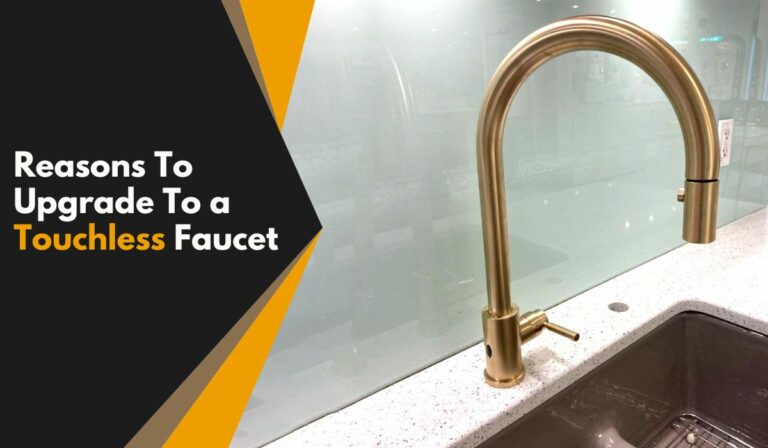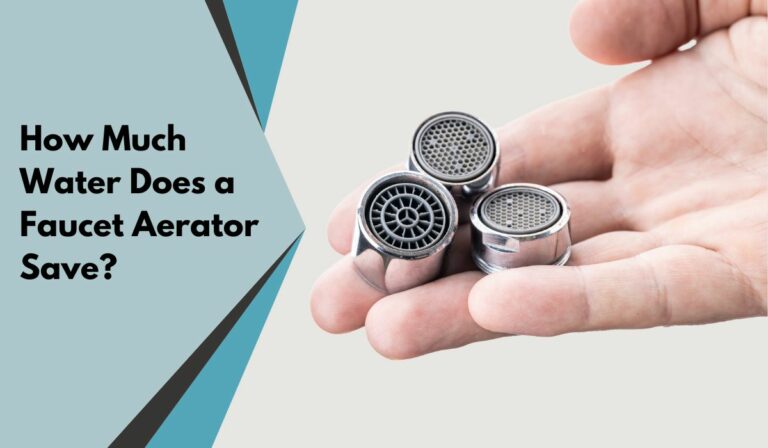How to Open Plastic Drain Valve on Water Heater
To open the plastic drain valve on your water heater, first turn off the power or gas and let the water cool to prevent burns. Attach a garden hose to the valve and place the other end in a safe drainage spot. Slowly turn the valve handle counterclockwise without forcing it to release water. Make sure you wear gloves and watch for leaks. Once drained, close the valve gently and restore power. Keep going to discover tips on maintenance and solving common valve issues.
Understanding the Function of the Plastic Drain Valve
Although it may seem like a small component, the plastic drain valve plays a crucial role in maintaining your water heater. When you drain your heater, this valve allows you to release water safely and efficiently. It helps you flush out sediment buildup that can reduce your water heater’s efficiency and lifespan.
By opening the valve, you can perform routine maintenance that prevents corrosion and clogging. Understanding this valve’s function means you’ll know when and why to open it—usually during periodic maintenance or before repairs.
Without it, draining the tank would be messy and difficult. So, keeping the valve in good working condition ensures your water heater operates smoothly and lasts longer, saving you time and costly repairs in the future.
Tools Needed to Open the Drain Valve
Before you open the plastic drain valve on your water heater, make sure you have the right tools on hand to do the job safely and effectively. You’ll need a garden hose to connect to the valve, allowing water to drain away from your home.
A flathead screwdriver or a small adjustable wrench can help you turn the valve if it’s stiff or stuck. Keep a bucket nearby in case some water spills when you first open the valve.
Additionally, having gloves will protect your hands from hot water or sharp edges. Finally, a flashlight can be useful if your water heater is in a dimly lit area.
With these tools ready, you’ll be set to open the drain valve without hassle.
Preparing Your Water Heater for Draining
When you’re ready to drain your water heater, start by turning off the power or gas supply to prevent any accidents.
Next, allow the water inside the tank to cool for at least a couple of hours to avoid burns.
Locate the cold water supply valve at the top of the heater and close it to stop more water from entering the tank.
Attach a garden hose to the plastic drain valve at the bottom of the heater, ensuring it’s secured tightly.
Run the hose to a suitable drainage area, such as a floor drain or outside.
Finally, open a hot water faucet in your home to let air enter the system, which helps the water drain smoothly from the tank.
Safety Precautions Before Opening the Valve
Since the water heater contains hot water and pressure, you need to take specific safety measures before opening the plastic drain valve. First, turn off the power supply—electric or gas—to prevent accidents or damage.
Next, allow the water heater to cool down for at least two hours to avoid scalding from hot water or steam.
Always wear protective gloves and safety goggles to shield yourself from unexpected splashes.
Place a sturdy bucket or hose at the valve to catch draining water and prevent slips or water damage.
Finally, ensure the area around the heater is dry and free of clutter to maintain good footing and quick access.
Taking these precautions helps you work safely and avoid injury.
Step-by-Step Guide to Opening the Plastic Drain Valve
Although it might seem straightforward, opening the plastic drain valve on your water heater requires careful handling to avoid leaks or damage.
First, ensure the water heater is off and cooled down.
Locate the plastic drain valve near the bottom of the tank.
Attach a garden hose securely to the valve’s outlet and run the other end to a safe drainage area.
Slowly turn the valve handle counterclockwise to open it; don’t force it if it resists.
As water begins to flow out, keep an eye on the connection to prevent leaks.
When draining is complete, turn the valve handle clockwise to close it firmly but gently.
Finally, detach the hose and restore power or gas to the heater.
Troubleshooting Common Issues With Stuck Valves
If your plastic drain valve won’t budge, don’t panic—you can usually fix it with some simple steps.
First, check for corrosion or mineral buildup around the valve. Applying a penetrating lubricant like WD-40 can help loosen stuck parts. Let it sit for 10-15 minutes before trying again.
Use gentle, steady pressure when turning the valve; avoid forcing it to prevent damage. If it still won’t move, tap the valve lightly with a rubber mallet to break any mineral deposits inside.
Also, inspect the valve handle for cracks or wear—damaged handles often need replacement.
How to Properly Drain and Flush the Water Heater
Before you start draining your water heater, make sure to turn off the power supply or gas source to prevent any accidents.
Next, attach a garden hose to the plastic drain valve and run the other end to a safe drainage area.
Open a hot water faucet inside your home to relieve pressure.
Slowly open the drain valve to let the water flow out.
Once drained, close the valve, then open the cold water supply valve to flush out sediment.
Let the water run until it’s clear, then close the drain valve and the inside faucet.
Finally, restore power or gas supply.
Draining and flushing your water heater regularly helps maintain efficiency and prolongs its lifespan.
Maintaining the Drain Valve for Longevity
To keep your plastic drain valve functioning smoothly, you’ll need to perform regular maintenance that prevents leaks and blockages. Start by inspecting the valve for cracks or mineral buildup every few months.
Clean the valve gently with a soft brush and a vinegar solution to dissolve any deposits. When draining your water heater, open the valve slowly to avoid sudden pressure changes that can damage it.
After draining, close the valve tightly but avoid overtightening, which can strip the threads or crack the plastic. If you notice any drips or leaks, replace the valve promptly to prevent water damage.
Regular maintenance ensures your valve lasts longer and operates efficiently, saving you from costly repairs or replacements down the line.
Frequently Asked Questions
Can I Replace the Plastic Drain Valve With a Metal One?
Yes, you can replace the plastic drain valve with a metal one. Just make sure you choose a compatible valve, turn off the water heater, and drain it before swapping to avoid leaks or damage.
How Often Should I Drain My Water Heater?
You should drain your water heater at least once a year to remove sediment buildup. If you notice reduced efficiency or strange noises, consider draining it more often to keep it running smoothly and extend its lifespan.
What Causes the Plastic Drain Valve to Leak?
Your plastic drain valve leaks mainly because of cracks, wear, or loose connections. Over time, heat and pressure weaken the plastic, causing damage or gaps. Tighten fittings carefully and replace the valve if it stays leaky.
Is It Safe to Open the Valve While the Water Heater Is On?
No, you shouldn’t open the valve while the water heater’s on. Hot water and steam can cause burns. Always turn off the heater and let the water cool before opening the drain valve to stay safe.
Can a Clogged Drain Valve Affect Water Heater Efficiency?
Yes, a clogged drain valve can reduce your water heater’s efficiency by preventing proper sediment removal. You’ll notice decreased heating performance and higher energy bills, so it’s important to keep the valve clear and functioning properly.
Conclusion
Opening the plastic drain valve on your water heater doesn’t have to be tricky. By understanding its function, preparing properly, and following safety steps, you’ll make the process smooth and safe. If the valve sticks, don’t force it—use troubleshooting tips to avoid damage. Regularly draining and maintaining the valve helps extend your water heater’s life. With these simple steps, you’ll keep your system running efficiently and avoid costly repairs down the road.


